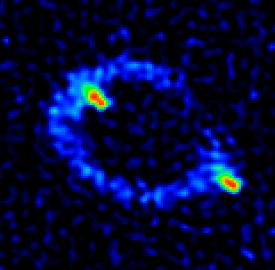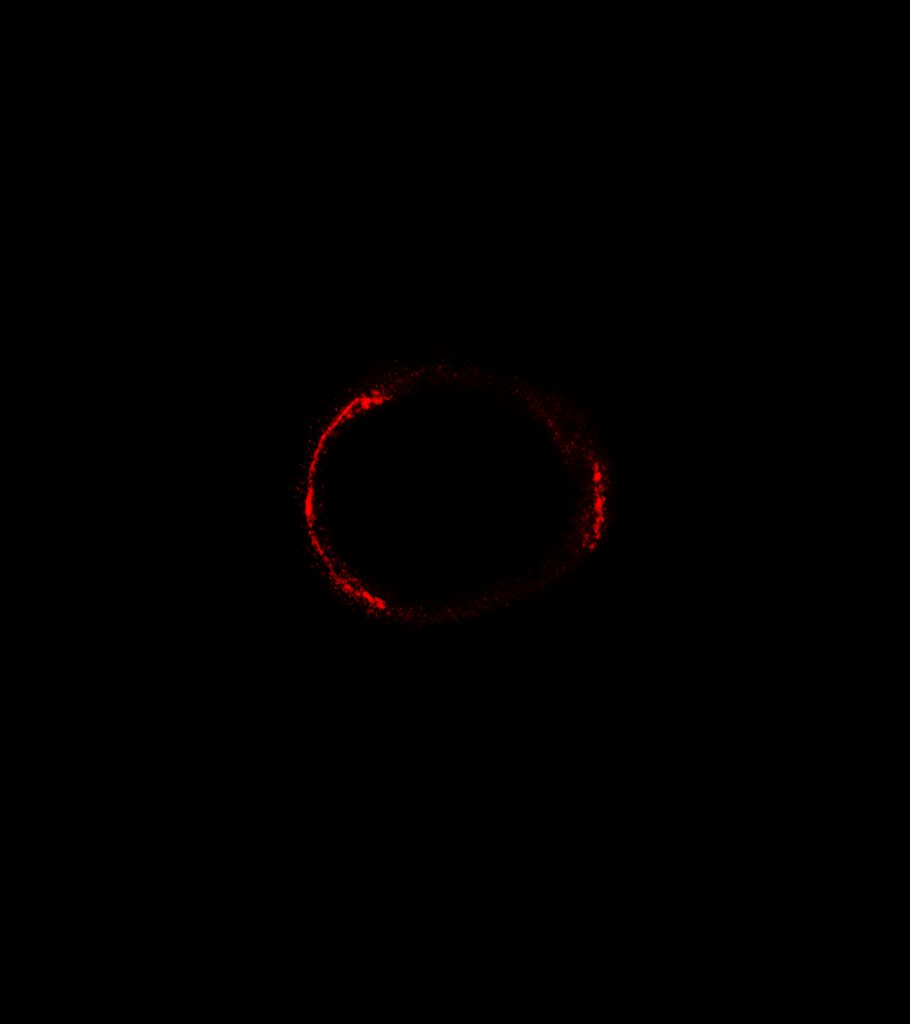Following a generous grant from the National Science Foundation’s Spectrum Innovation Initiative (SII), NSF’s National Radio Astronomy Observatory (NRAO) will expand efforts to establish and support the co-existence of research and commercial entities across the radio spectrum.
The $1.75 million grant extends the capabilities of NRAO’s National Radio Dynamic Zone (NRDZ) project and allows for additional research and testing. Over the past two years, NRDZ has collaborated with primary satellite communications providers to test cooperative use of the spectrum, allowing for research programs and commercial entities to coexist.
“For decades, it was sufficient to split up the radio spectrum into smaller pieces and allocate everyone a piece,” said Chris De Pree, NRDZ Project Director at NRAO. “As global communication demands have grown, and the capabilities of radio astronomy have increased, we all find ourselves operating in parts of the spectrum that previously were only occupied by passive users. Recently, we’ve been working with primary satellite providers to figure out just how often we interfere with each other, and how we can better cooperate and coordinate to avoid interference.”
The next phase of the project, supported by the new grant, includes further development of advanced spectrum monitoring devices for tracking and analyzing spectrum use and interference, and a complete census of the radio frequency interference (RFI) environment around NSF’s Karl G. Jansky Very Large Array (VLA) in Socorro, New Mexico. NRAO will also use this grant to develop and test a specific model of spectrum sharing that can be utilized in the portion of the spectrum used for Low Earth Orbit satellite downlink signals.
“The goal of NRDZ is to examine and solve the problems that come with present and future demands on the radio spectrum,” said Tony Beasley, NRAO Director. “Cooperation and coexistence are imperative for the future of astronomical research in the radio spectrum and ongoing efforts from NRDZ are proving that this relationship is possible. Continued support from NSF will allow us to not only explore additional avenues for cooperation but also learn more about and to test our own agility.”
NRAO’s NRDZ project was established in 2020 following an initial NSF grant of $3.5 million and included design and development funding for an advanced spectrum monitoring system— currently under construction at NRAO’s Central Development Laboratory (CDL), and broader impacts programs including high school curriculum, citizen science research opportunities and undergraduate curriculum to help support understanding of spectrum use, policy, and the radio economy. The grant also provided the foundation for the creation of NRAO’s SuperKnova learning platform.
“Radio interference continues to grow, while new telescope instruments depend on sensing weaker signals across more spectrum bands than ever before,” said Debra Fischer, the Division Director for Astronomical Sciences at the National Science Foundation. “Research efforts on overcoming interference challenges like the NRAO National Radio Dynamic Zones project are essential to enable the next generation of discoveries.”
“NSF provided funding for National Radio Dynamic Zones projects because the future of scientific research in many fields depends on creative ways to share the limited available radio spectrum with other users,” said John Chapin, Special Advisor for Spectrum at the National Science Foundation. “The NRAO NRDZ project is an important step towards applying new spectrum coexistence approaches to solve important interference challenges facing radio astronomy observatories.”
The National Radio Astronomy Observatory (NRAO) is a facility of the National Science Foundation, operated under cooperative agreement by Associated Universities, Inc.
Media contact:
Amy C. Oliver
Public Information & News Manager, NRAO
aoliver@nrao.edu
The post NRAO Expands Radio Dynamic Zone Testing with Support from NSF appeared first on National Radio Astronomy Observatory.














